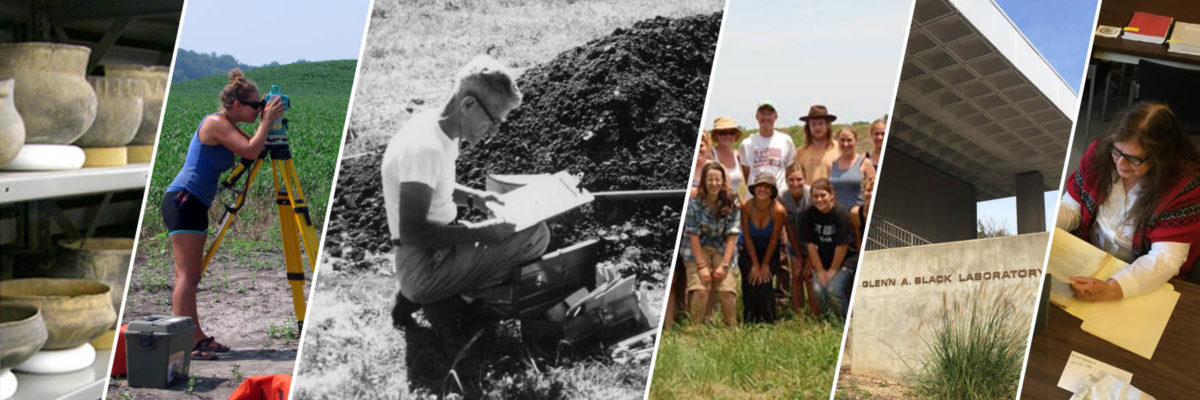January 28, 2017
by Rachna Chaudhari, Bicentennial Intern, Spring 2017
Andrew Wylie was born in 1789 and was the son of an immigrant Irish farmer. He grew up in Washington County, Pennsylvania, where he was a licensed Presbyterian minister. In 1812, he was unanimously elected the president of Jefferson College. In 1813, Andrew Wylie married Margaret Ritchie, and together they had 12 children. Only 10 of the 12 lived in the Bloomington home. In 1828, Wylie was invited by the trustees of Indiana College to be its first president. This would be the beginning of a 21-year term as President. Andrew Wylie remains IU’s third longest serving president, and its longest non-Hoosier chief administrator.
Imagine this: Bloomington with no cars, a few brick houses and tiny farms everywhere. Two hundred years ago, this is exactly what Bloomington looked like. When Andrew Wylie arrived in Bloomington with Margaret and 9 of his children, the population of Bloomington was a mere 1000 people. Andrew Wylie, to the dismay of his wife, was a frontier settler.
By the 1840s, the population had increased to a few thousand. To think, the first class at Indiana University (then Indiana College) had 10 individuals. Today, there are roughly 38,000 undergraduates enrolled at Indiana University. Indiana University has truly come a long way.
Not only was Andrew Wylie the college administrator, but he also taught 3 classes: moral and mental philosophy, political economy, and literature. He also stayed highly involved with his church as a Presbyterian minister. Andrew Wylie was one busy man! Under his guidance, the student body increased, the curriculum was expanded and the college became a University in 1838. In 1835, Andrew Wylie built the house now named in his honor, Wylie House, located at 317 E. Second Street. The architectural style of the house reflects Wylie’s Pennsylvania origins. It is believed he did this to make his wife feel more at home. When Andrew Wylie built the beautiful “mansion on a hill,” Bloomington’s streetscape mainly consisted of log cabins and a few brick houses. Wylie’s house definitely stood out in the community. As the weeks go on, I will be travelling back in time to 19th century Bloomington and telling the story of the esteemed Wylie family and life on the frontier.
Recently, in 2009 (which actually isn’t so recent now that I think about it), during construction of the Morton C. Bradley Jr. Education Center next to the Wylie House, Sherry Wise, the outdoor interpreter of the Wylie House, found artifacts including teapots and bowls. These finds have the potential to give us a new perspective and insight into the lives of the Wylie family. With the help of the Glenn A. Black Lab and the Wylie House, I will be analyzing these artifacts along with compiling historical information about the Wylie’s daily lives for my bicentennial project. The Glenn A. Black Lab will be writing a proposal to begin a more in depth project on the property. As Robert Mazrim said, “Archaeological excavations…help to better define a place and a time…archaeology has a peculiar ability to enhance and also challenge the written word, to uncover the aspects of daily life long since passed.” This is the exact goal of the Bicentennial Project; to bring to light the rich history of our amazing university.
Reference:
Mazrim, Robert. The Sangamo Frontier: History & Archaeology in the Shadow of Lincoln. Chicago: The University of Chicago Press, 2007. Print.
[Museum Brochure], [The President’s Homes Indiana University: Wylie House Museum], Reference Files, Indiana University Archives, Indiana University, Bloomington.

